BEYOND BARBED WIRE:
The Debate and Diplomacy Surrounding Japanese Internment
LIFE IN THE BARRACKS
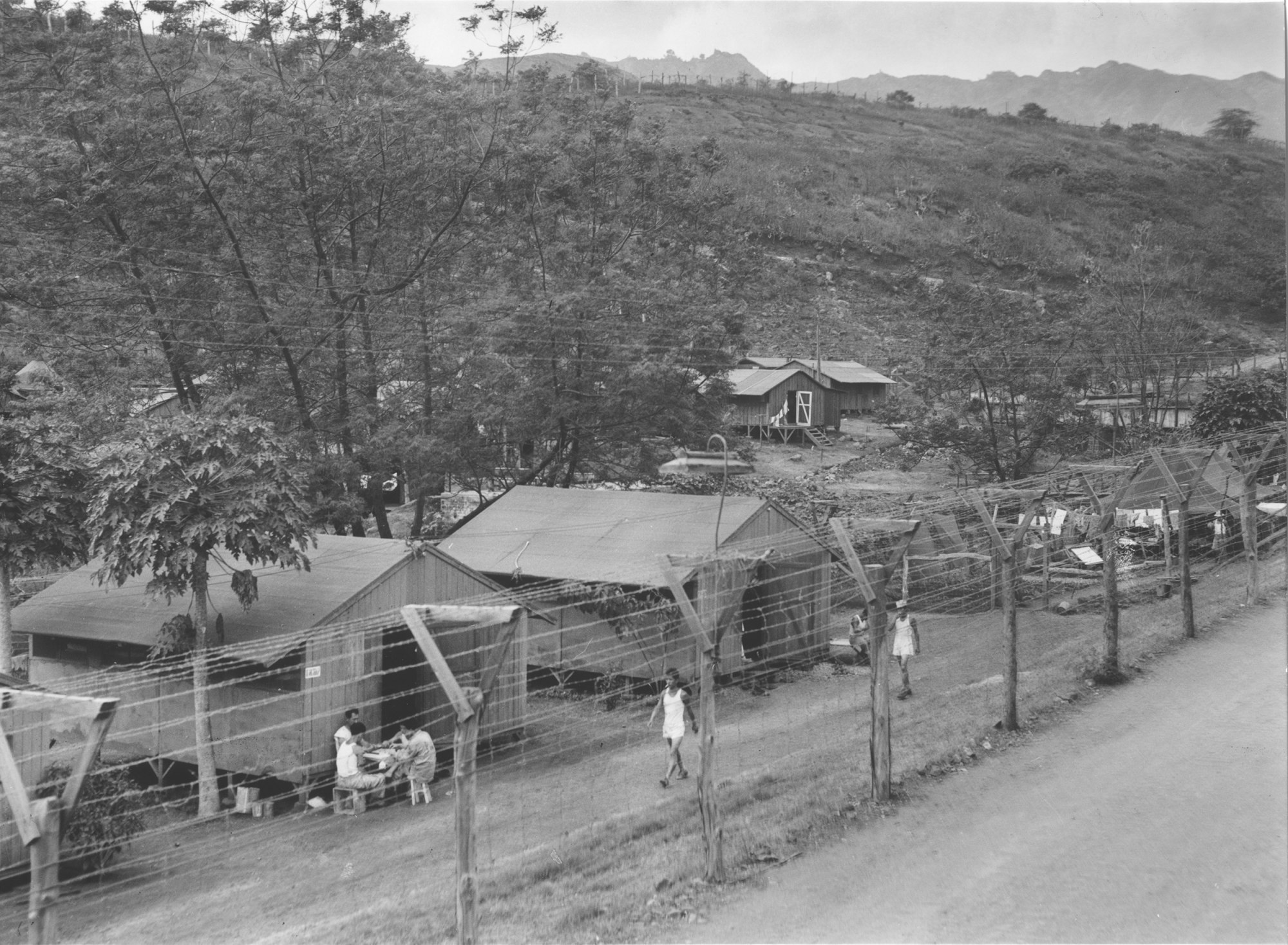
Barracks at Honouliuli Internment Camp
(Japanese Cultural Center of Hawaii, 1945)
The Camps
The camps were prison-like compounds lined with watchtowers and encircled with barbed wire, set on deserts or bare hillsides. Ten camps were opened throughout Western America.
"It was a terribly hot place to live. It was so hot that when we put our hands on the beadstead, the paint would come off! To relieve the pressure of the heat, some people soaked sheets in water and hung them overhead."
-Hatsumi Nishimoto, Pindale Assembly Center, Fresno
Life in Camps
Life in the camps was militarily structured; four to five families would share a tapered barrack. In such close and unsanitary quarters, diseases and food poisoning were common. Each camp had a governing council, journalists, sports teams, and places of worship. However, living in an army structure remained to interrupt social and cultural patterns.
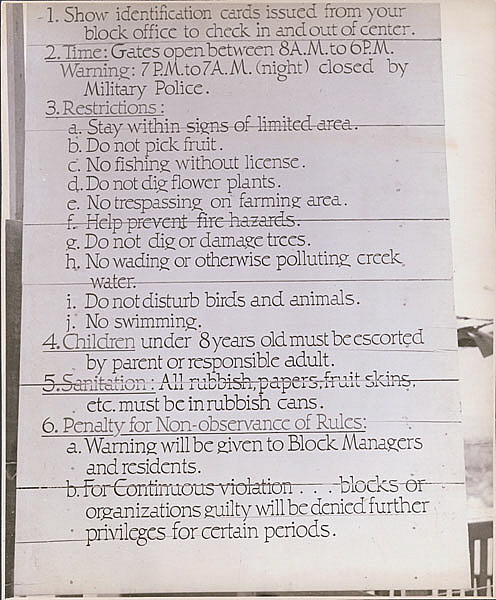
A sign depicting rules to observe in camp.
(Iwata, Jack, 1943)
"In the detention centers, families lived in substandard housing, had inadequate nutrition and health care, and had their livelihoods destroyed: many continued to suffer psychologically long after their release"
- Personal Justice Denied: Report of the Commission on Wartime Relocation and Internment of Civilians
This video from the National Archives Catalog in 1942-1945 depicts the daily life and activities at a midwest relocation center, narrated by Milton Eisenhower.
"I remember the soldiers marching us to the Army tank and I looked at their rifles and I was just terrified because I could see this long knife at the end . . . I thought I was imagining it as an adult much later . . . I thought it couldn't have been bayonets because we were just little kids."
- Children of the Camps Documentary
Life For Children
Children were allowed to attend school, but schoolhouses were congested, with few windows. When temperatures rose, the rooms would be unbearable, and supplies were consistently in short supply.
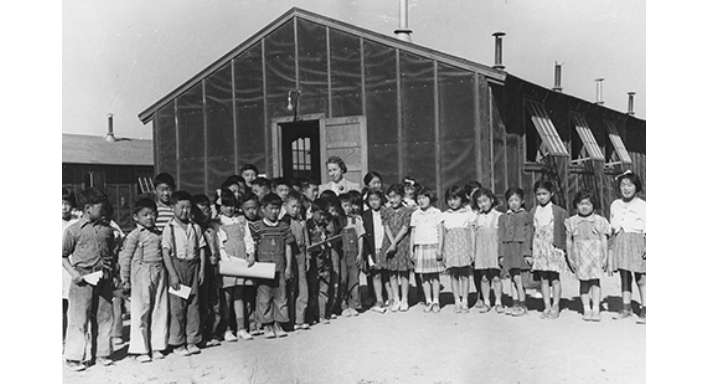
(Cook, 1942)
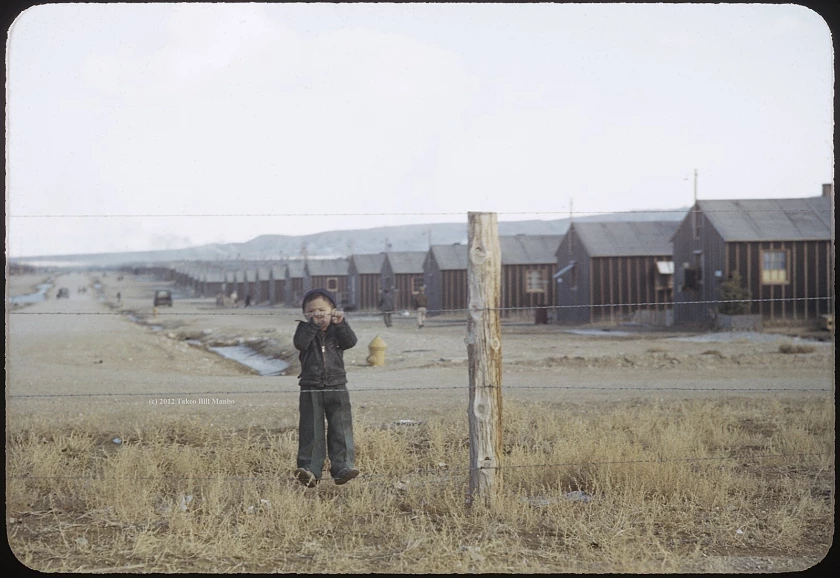
(Manbo, 1943)
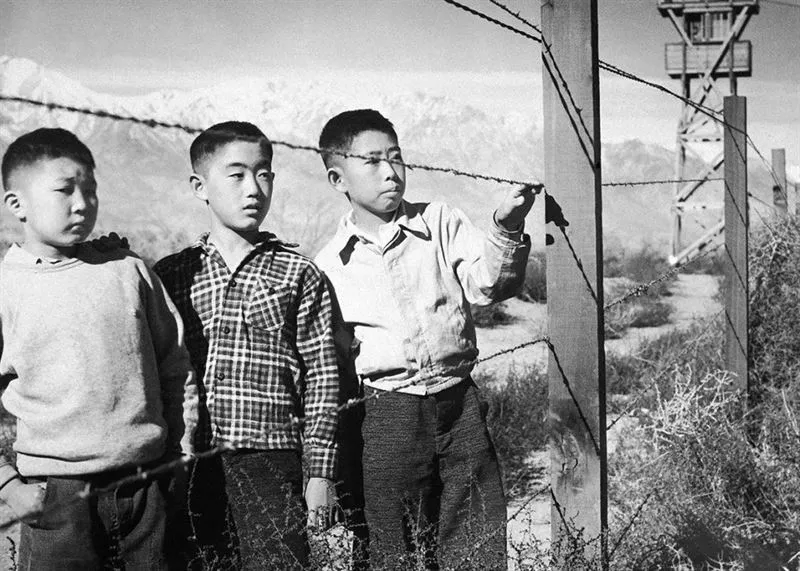
(Miyatake, 1943)
"It made you feel that you knew what it was to die, to go somewhere you couldn’t take anything but what you had inside you. And so…it strengthened you. I think from then on we were very strong. I don’t think anything could get us down now."
- Margaret Takahashi (Internee)
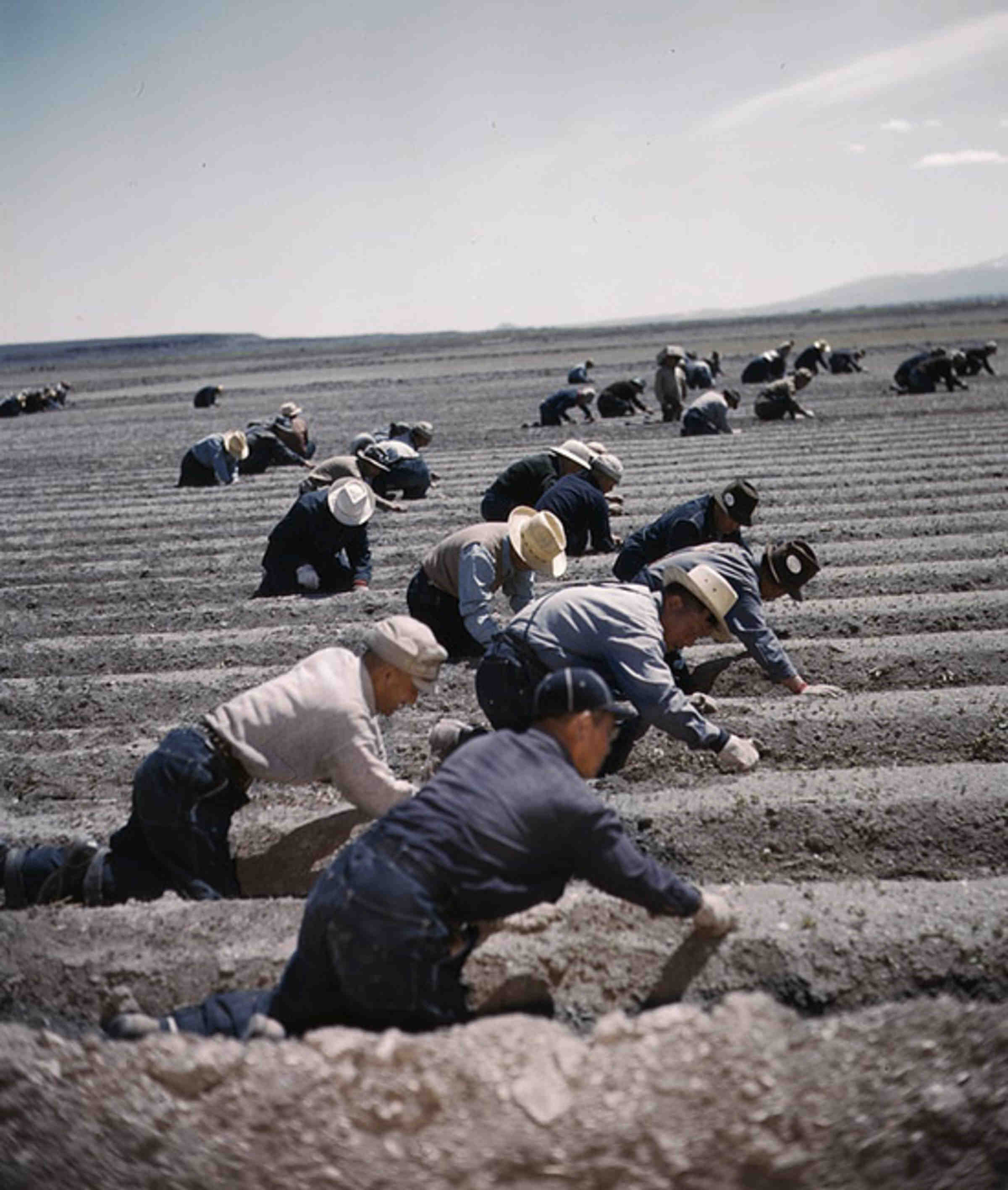
(Library of Congress, 1943)
Life For Adults
Adults were given jobs, mostly farming or coal mining. They also set up sports to establish a sense of community in their time of loneliness.
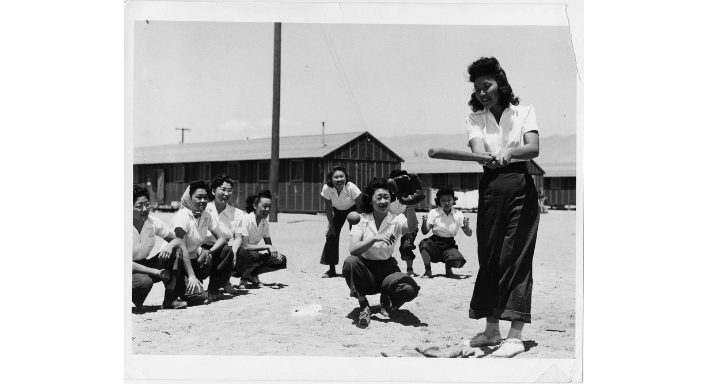
(University of Southern California Libraries, 1942)